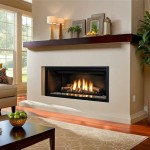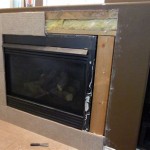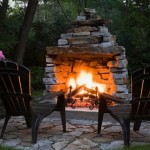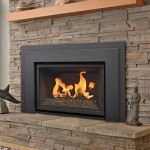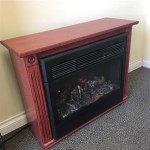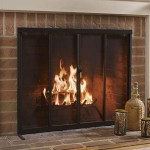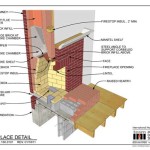How to Convert Your Gas Fireplace to Wood Burning
Converting a gas fireplace to a wood-burning one requires meticulous preparation and execution. This guide will thoroughly explain the intricate steps involved to ensure a smooth and safe conversion process.
Step 1: Safety Assessment and Planning
Conduct a thorough safety inspection of your fireplace and chimney to ensure their structural integrity. Consult with a qualified professional if any concerns arise. Carefully plan the conversion, considering factors such as the type of wood-burning appliance, ventilation requirements, and clearances from combustible materials.
Step 2: Dismantling the Gas Components
Turn off the gas supply and remove all gas-related components, including the burner, igniter, thermocouple, and remote control unit. Disconnect the gas line and cap it securely. Thoroughly clean the fireplace chamber to remove any residual gas or debris.
Step 3: Wood-Burning Appliance Installation
Choose a wood-burning fireplace insert or stove that meets your heating needs and aesthetic preferences. Carefully install the appliance according to the manufacturer's instructions, ensuring proper clearances and ventilation. Connect the appliance to the chimney flue for proper exhaust.
Step 4: Firebox Preparation
Line the inside of the fireplace chamber with fire-resistant materials, such as firebrick or ceramic insulation. This will protect the fireplace's structure and reduce heat loss. Install a fire grate or andirons to support the firewood and promote airflow.
Step 5: Chimney Modifications
Ensure that the chimney is in good condition and meets the required clearances for wood-burning appliances. Install a chimney cap to prevent debris and animals from entering the flue. If necessary, extend the chimney to meet the required height for proper draft.
Step 6: Airflow and Ventilation
Provide adequate ventilation for the wood-burning fireplace by ensuring a properly sized air intake. Install dampers or vents in the fireplace surround or hearth to control airflow and improve combustion efficiency. Proper ventilation will minimize indoor air pollution and reduce the risk of smoke spillage.
Step 7: Safety Precautions
Install smoke and carbon monoxide detectors in the vicinity of the fireplace for safety. Keep a fire extinguisher readily accessible in case of emergencies. Always follow proper fireplace safety practices, such as burning well-seasoned firewood, never leaving a fire unattended, and maintaining a clean hearth and chimney.
Note: Converting a gas fireplace to wood burning requires specialized skills and knowledge. It is highly recommended to consult with a qualified professional to ensure the conversion is performed safely and according to building codes and industry standards.

Convert From Wood To Gas With A Insert The Kernel Burner

Convert From Wood To Gas With A Insert The Kernel Burner

Want To Convert Gas Wood Fireplace Full Service Chimney

Convert Your Old Wood Fireplace To A Gas

Want To Convert Gas Wood Fireplace Full Service Chimney

Replacing A Gas Fire With Wood Burner

Should You Change Or Convert Your Wood Fireplace

Want To Convert Gas Wood Fireplace Full Service Chimney

How To Convert A Wood Burning Fireplace Gas Logs Woodlanddirect Com

How To Convert Your Wood Burning Fireplace Electric Or Gas
Related Posts


